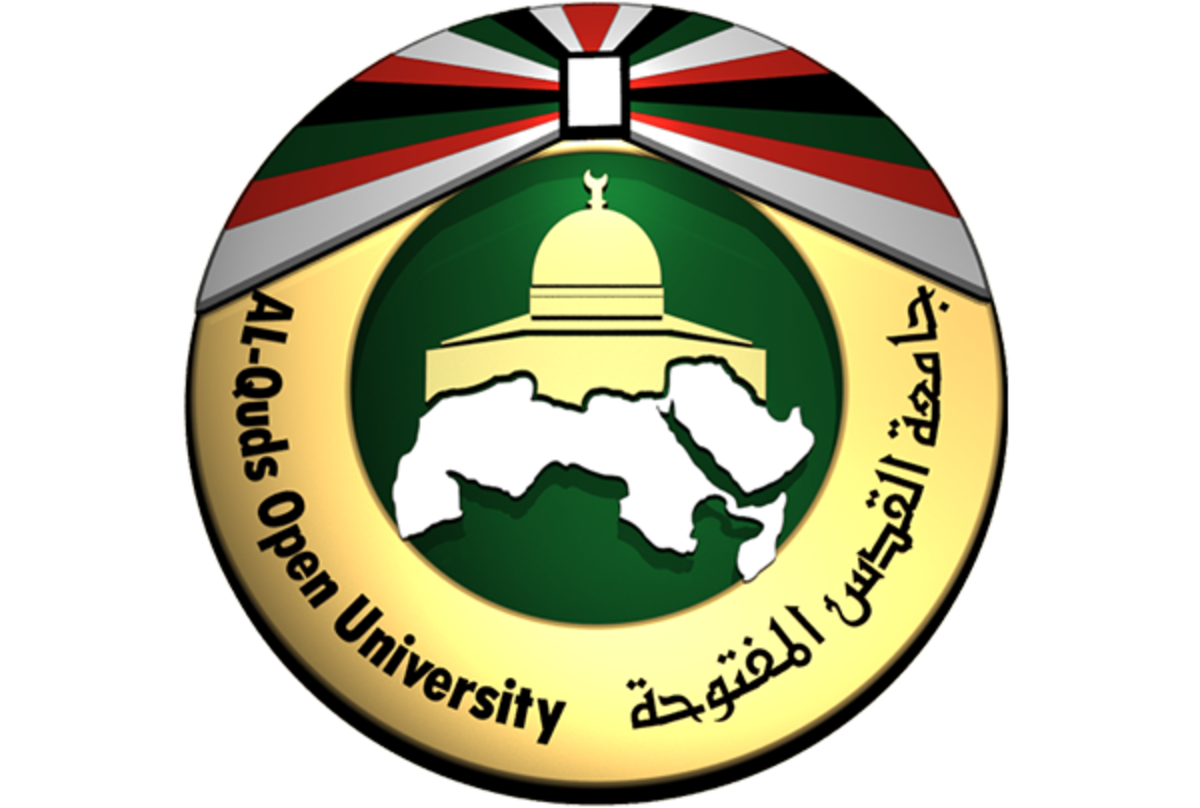Palestinian Journal for Open Learning & e-Learning

Abstract
Published in 1929, William Faulkner's The Sound and The Fury was translated in 1961 into Arabic by Jabra Ibrahim Jabra, a prominent Arab writer and translator. Through translation, the novel's narrative configurations, especially stream of consciousness, have been of significant influence on Arab literary writers. However, not all of the source text's configurations are accounted for in the translation. This is pertaining to Faulkner's polyphonic design and dialectal structures which are prevalent in Faulkner's text. This study aims at exploring the translation strategies used by the translator to see how these configurations are treated by Jabra. Textual micro-analysis is used to describe how the translator renders the source text, explaining, through macro-analysis, how certain modes of language in the target culture encroach upon the mediation process, and how they constitute a major part of the translational performance as the translator compromises the source text identity to preserve these modes. The study concludes that despite the translation splendid wording, Jabra's version of The Sound and The Fury has undergone a transformation that ultimately disturbs the contour of the source text in the target culture with an enormous sacrifice of the text’s terrains.
Recommended Citation
Alhirthani, Mahmoud
(2018)
"Jabra's Translation of Faulkner's The Sound and The Fury: A Critical Study,"
Palestinian Journal for Open Learning & e-Learning: Vol. 6
:
No.
12
, Article 9.
Available at:
https://digitalcommons.aaru.edu.jo/jropenres/vol6/iss12/9

